The rapid expansion of SpaceX's Starlink satellite constellation has sparked significant concern among astronomers worldwide. The International Astronomical Union (IAU) has issued formal protests, citing the detrimental impact these satellites are having on ground-based astronomical observations. With thousands of satellites already in orbit and plans for tens of thousands more, the night sky as we know it is undergoing a dramatic transformation—one that many scientists fear could hinder our understanding of the universe.
Since the launch of the first Starlink satellites in 2019, astronomers have raised alarms about their disruptive presence. The satellites, which reflect sunlight, create bright streaks in telescope images, obscuring celestial objects and distorting data. Wide-field surveys, which are crucial for detecting near-Earth asteroids, supernovae, and other transient phenomena, are particularly vulnerable. The Vera C. Rubin Observatory, a next-generation telescope under construction in Chile, is expected to be severely affected, with simulations suggesting that up to 30% of its images could be compromised during twilight hours.
The IAU, representing over 12,000 professional astronomers, has called for urgent dialogue with SpaceX and other satellite operators to mitigate the issue. "The pristine night sky is not just a scientific resource but a shared human heritage," the organization stated in a recent declaration. Despite SpaceX's efforts to reduce satellite reflectivity through experimental coatings and sunshades, astronomers argue that these measures are insufficient. The sheer number of planned satellites—potentially reaching 42,000—threatens to overwhelm even the most advanced observational techniques.
Beyond optical astronomy, radio astronomers are also facing unprecedented challenges. Starlink satellites transmit signals in frequencies that overlap with those used for deep-space research. Radio telescopes, such as the Square Kilometre Array (SKA), risk interference that could obscure faint cosmic signals, including those from the early universe. The IAU has urged regulatory bodies like the Federal Communications Commission (FCC) to impose stricter restrictions on satellite emissions, but enforcement remains uncertain given the rapid pace of commercial space activity.
SpaceX maintains that its satellite internet service is vital for global connectivity, particularly in underserved regions. However, critics argue that the trade-off between broadband access and astronomical research has not been adequately evaluated. Some scientists propose that satellite operators should be required to fund mitigation efforts, such as advanced software to remove satellite trails from images or the development of space-based telescopes less susceptible to interference. Yet, with no international framework governing low-Earth orbit (LEO) saturation, unilateral action by individual companies or countries may prove ineffective.
The controversy highlights a broader tension between technological progress and environmental stewardship—in this case, the "environment" being the orbital and celestial realm. Unlike light pollution on Earth, which can be locally regulated, satellite pollution affects the entire planet. The IAU's protest underscores a growing realization: humanity's expansion into space must be carefully managed to preserve our ability to explore and understand it. Without coordinated action, the stars visible to future generations may be outnumbered by artificial satellites, irrevocably altering our connection to the cosmos.
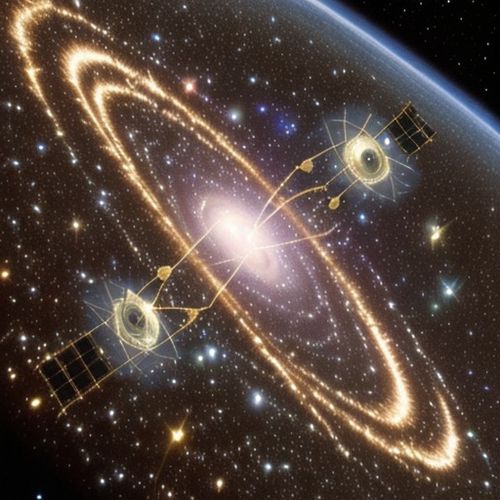
By Emily Johnson/Apr 10, 2025

By John Smith/Apr 10, 2025

By Christopher Harris/Apr 10, 2025

By Noah Bell/Apr 10, 2025
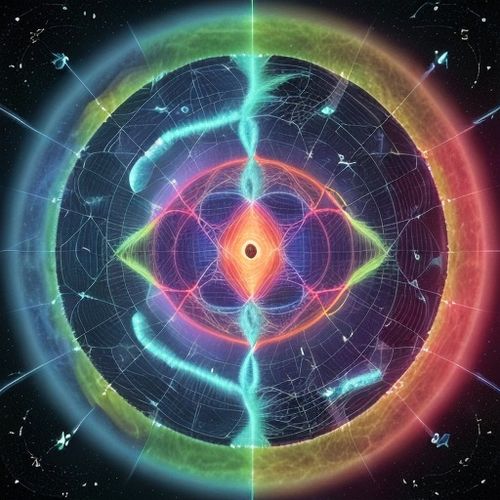
By Rebecca Stewart/Apr 10, 2025
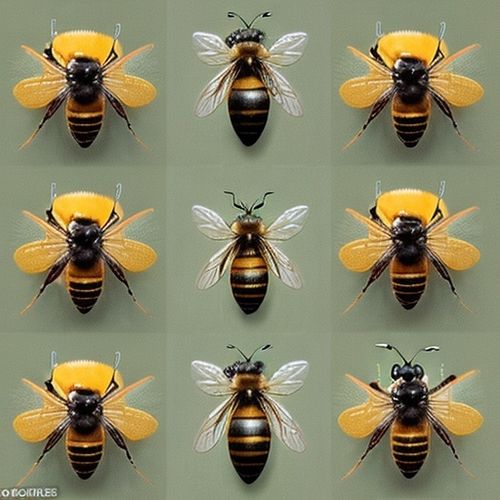
By Victoria Gonzalez/Apr 10, 2025

By Amanda Phillips/Apr 10, 2025

By Emma Thompson/Apr 10, 2025
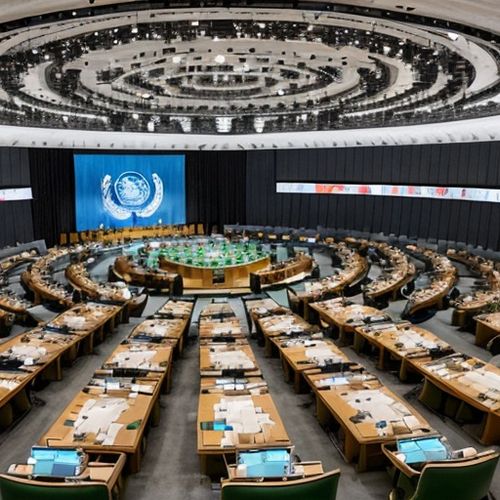
By Lily Simpson/Apr 10, 2025

By Emma Thompson/Apr 10, 2025
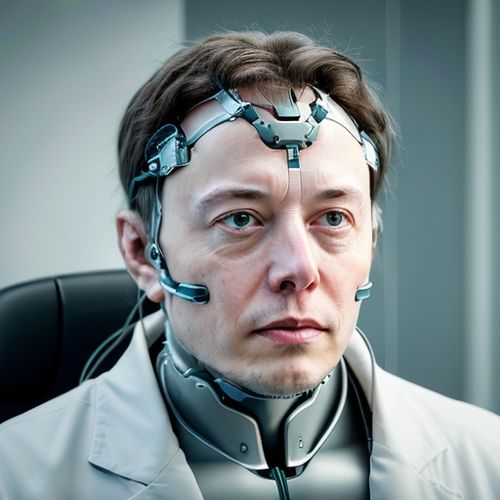
By Sophia Lewis/Apr 10, 2025
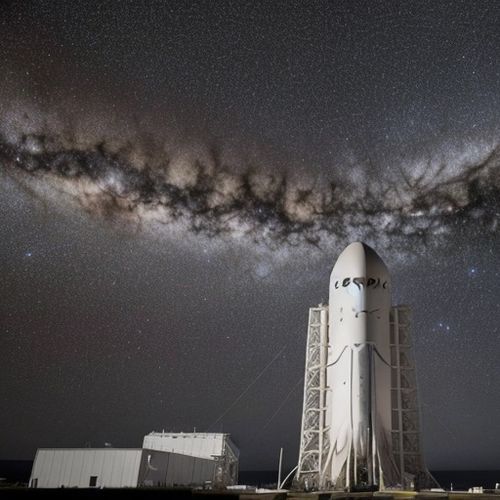
By Rebecca Stewart/Apr 10, 2025

By Noah Bell/Apr 10, 2025
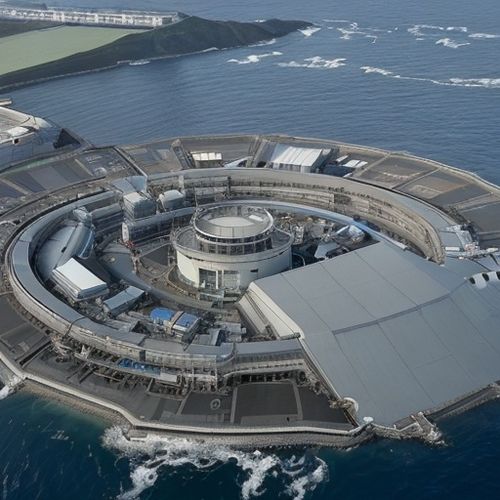
By Sophia Lewis/Apr 10, 2025

By Christopher Harris/Apr 10, 2025

By Eric Ward/Apr 10, 2025

By Daniel Scott/Apr 10, 2025